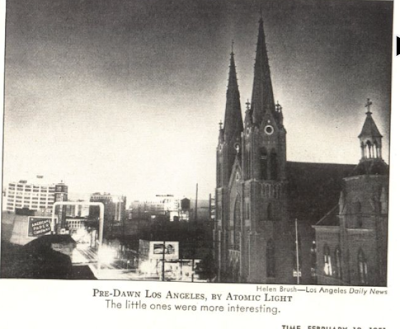So. Precolumbian deforestation. Or the reverse!
My interest in Fenimore Cooper's 1843 Wyandotte: Or, the Hutted Knoll, is currently confined to the introduction, which describes the creation of the eponymous patent in the western(!) New York wilderness somewhere between the headwaters of the Delaware and the Susquehanna. In it, Cooper describes how the patent, once located and cleared of Indian title, is created, by breaking a giant beaver dam and draining a vast low saucer of land, at once creating a large and fertile farmscape, devoid of tree trunks. Various adventures set in the American Revolution, follow which I may follow up on at some point, at the end of which all that is left are the ruins of the mansion and fort built on the rocky hill, or "hutted knoll" at the centre of the pond.
The image of a hill, surmounted by a chieftain's hut, in the middle of a flood seems to be referring to the spring renewal/creation myth and to the obligatory hutted mound/pyramid which has been the ritual centre of city settlements in indigenous North American civilisations since Olmec times, and extending up until at least Cahokia. Turning the flood into the breaking of a beaver pond seems to add another layer of allegory referring to the fur trade, and to its later end, when the beaver was driven out of the Eastern Seaboard to make way for farmland. At least as a hypothesis, it makes sense that the beginning of the fur trade would have seen a change in attitude towards the beaver, one that might well have had a significant effect on the landscape. Cooper talks a great deal about the cycle of civilisations, and while I am dependent on a Cliff's Note summary in talking about the "ancient ruins" of Wyandotte, as they appeared to the returning heir to the patent in 1795, in Wept of Wish-ton-Wish, Cooper quite explicitly refers to the fort at the centre of the little settlement of Wish-ton-Wish as having been built on an ancient ruin.
Does the planting of Wyandotte restore the pre-fur trading status quo of the "hutted knoll?" Probably not. Probably I'm reading too much into it; but we do have some interesting evidence for shifting populations and ecological change in the right time frame. While it continues to be analyzed in terms of a disease-driven demographic collapse, in this post I want to explore the possibility that the evidence we have is explicable in terms of human agency. God knows there's not a lot of effort made to think outside of the box in terms of American antiquity, Mormons apart (Bless their souls.) The frontier and the west confuses us.





